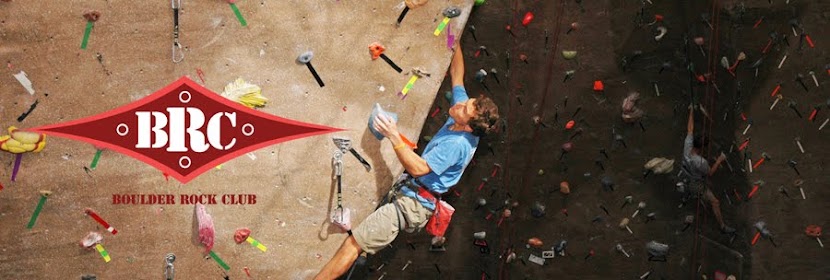I would like to start off by stating something:
----WARNING!----ATTENTION!----HEADS UP!!!!!----
This is exercise. Exercise, much like leaving your bed in the morning is NOT SAFE! Please take responsibility for your well being and think before you act. And if you want to play it safe, consult with a health professional before you start ANY new exercise program.
The following is the treadmill max heart rate test that I use with my clients and teams. It is dangerous. You will be putting yourself in harm's way. This is a "stress" test, and if you choose to do it, you do so at your own risk.
I recommend doing a test of this nature under the direct supervision of a qualified health professional (someone like me).
In my opinion, you should avoid a running max heart rate test if you have any physical or psychological condition that would limit your ability to run on a treadmill under duress (i.e. heart condition, knee injury, bad judgement, etc.)
Here are a couple of considerations that I like to remind people about when they get on a treadmill:
#1) Remember that you can fall off this thing ala George Jetson, and get thrown down pretty hard and belt sanded. It hurts when this happens. Don't let it happen to you.
#2) Remember to clip into the Emergency Stop clip. That way if you fall the treadmill will stop sooner and the belt will sand you less. PLEASE DO NOT THINK THAT THIS WILL MAKE CONSIDERATION #1 LESS LIKELY OR TRAUMATIC.
#3) This is not going to feel good. It is a "stress" test and is only meant to be performed once in a while (I like to say no more than once a quarter). Don't let yourself get so tired and goofy that you cannot stop the machine.
#4) Have an escape plan. I like to use the Emergency Stop Clip like a parachute rip cord. I makes the machine stop and I find it easier than hitting stop button.
#5) Strongly consider doing this with a partner who can adjust the machine's settings for you. It is easier and safer, and they can call 911 if you truly blow it.
#6) Most importantly, stop the test immediately if you feel faint, dizzy, or feel pain outside the discomfort we associate with fatigue. The test has to end sometime you know.
Now that I have said all that, here is the test that I administer. Aside from the situations described in Consideration #6, the test is over when you increase to the next stage of the test and there is no corresponding increase in heart rate. Record the highest heart rate you achieved. That is your max heart rate.
- Start at 2mph at a 2% grade for 3 minutes.
- 3mph at 4% for 3 minutes
- 4mph at 6% for 3 minutes
- 5mph at 8% for 3 minutes
- 5mph at 10% for 3 minutes
* 5mph at 12% or 6mph at 10% for 3 minutes
* 5mph at 14% or 6mph at 12 % for 3 minutes
* 5mph at 15% until heart rate tops out or 6mph at 14% for 3 minutes
* 6mph at 15% until heart rate tops out.
The stages marked with - are ones that happen with all the people that I test. There is individual variation with the * stages depending upon what speed a subject can "handle." You will have to decide for yourself. I recommend deciding in advance and sticking to it on the test. Having to improvise when you are doing a test like this is not advisable.
Be careful! Good luck! Don't puke or get blood on my treadmill!
Coach CWall

No comments:
Post a Comment